Interaction of non-ionizing electromagnetic waves with matter and tissues
• physical models
• relaxation processes
• effects of low-frequent ( 100 kHz) and high-frequent (>100 kHz) radiowaves.
• interactions with ultraviolet radiation.
Interaction of ionizing electromagnetic waves with matter and tissues
• fundamental interactions at the atomic level: photoelectric effect, compton scattering,
• pair formation
• attenuation and absorption of X-rays
• effects at cellular level
• dosimetry of ionizing radiation: exposure, kerma, absorbed dose, equivalent dose,
• effective dose
Conventional imaging in radiology
• screen-film technology for conventional radiography and mammography
• digital radiology: computed radiography and direct read-out radiography
• analysis of image quality, CAD
• patient dosimetry
Computed Tomography
• CT-technology: spiral CT, multi-slice CT
• 3D-applications, CAD
• image quality analysis
• patient dosimetry
Interventional radiology and cardiology
• physical principles of fluoroscopy and cinegraphy with image intensifiers
• flat-panel systems in interventional radiology/cardiology
• cone-beam CT
• CT-angiography
.
• patient dosimetry
Ultrasound
• physical models of interaction of sound waves with matter and tissues
• acoustic impedance
• ultrasound: principles and image formation chain
Magnetic resonance imaging
• MR models
• MR relaxation in tissues
• MR signals and diffusion
• field gradients for location in space
Nuclear medicine
• overview of radioactive decay modes
• production of radionuclides for medical purposes: cyclotron, reactor
• nuclear medical imaging: gammacamera, SPECT, PET
• therapeutis applications of radionuclides
• patient dosimetry in nuclear medicine
Radiotherapy
• Medical linear accelerator
• Absolute dose determination
• Patient dosimetry: treatment planning.
Final competences:
1 Understand the physical concepts used in medicine.
2 Describe the physical operation of medical imaging instruments.
3 Evaluate the advantages and disadvantages of medical imaging techniques.
4 Apply the principles of radiation dosimetry in different clinical disciplines.
5 Be aware of the need of a medical physicist in a hospital environment.

